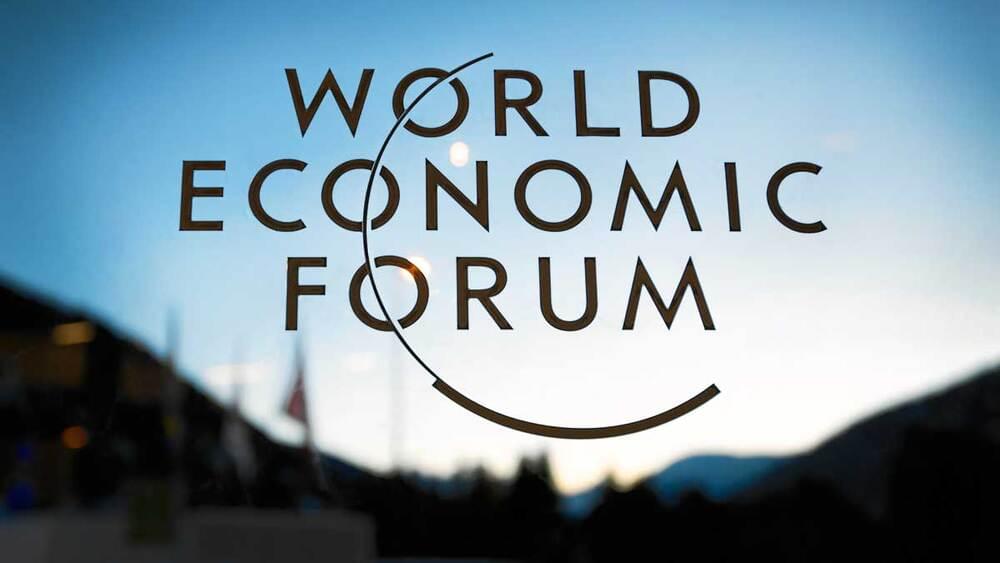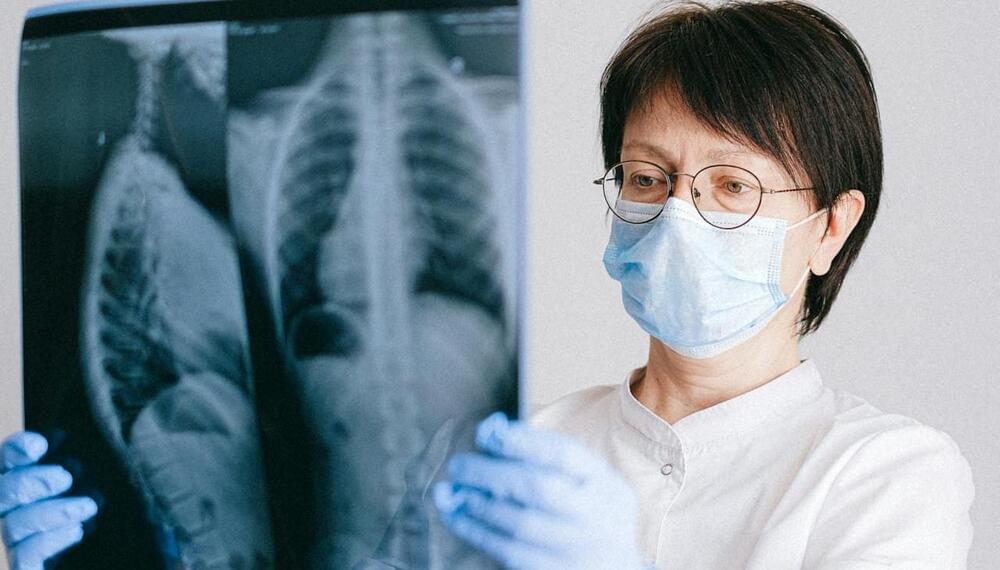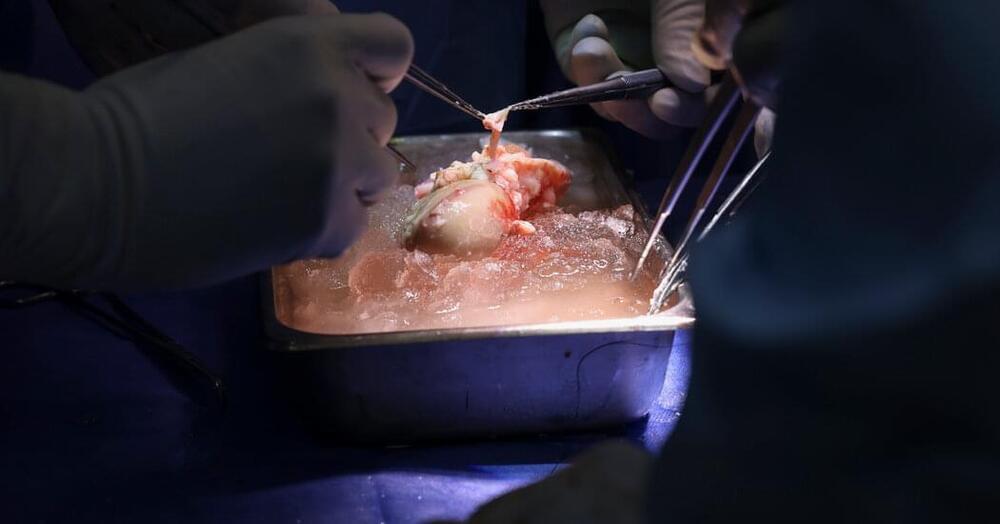Leading EV battery maker CATL released its new breakthrough battery pack with up to a nearly 1 million mile (1.5 million km), 15-year warranty.
CATL launched the battery pack with Yutung Bus Co to power commercial vehicles like buses and different classes of trucks.
Yutong, one of China’s largest bus makers, said the new battery packs will be used in upcoming electric vehicles. According to the company, the new long-lasting EV battery has zero degradation through the first 1,000 cycles.







